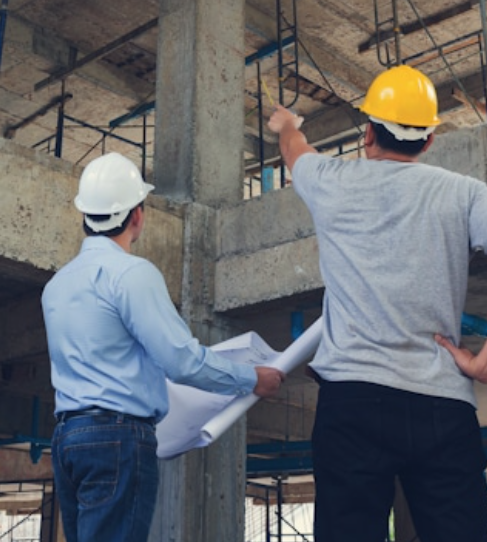When people think of architecture, the first images that come to mind are often skyscrapers, bridges, or ancient temples. But architecture is more than just structures; it’s the art and science of shaping the environments we live in. It reflects culture, innovation, and human creativity across generations. In this article, we’ll explore the definition of architecture, its purpose, and why it holds such an enduring influence on society.
What is the Definition of Architecture?
At its heart, architecture isn’t just about making things look pretty (though, hey, that’s a perk). It’s the whole messy business of dreaming up and building the spaces we actually live in. It’s equal parts engineering, design, and a dash of “hmm, will anyone hate this?” Architects juggle safety, comfort, and function—while trying not to unleash another concrete monstrosity on the world.
Here’s the kicker: almost every second of your day is shaped by architecture. Your house, your school, the coffee shop you run to when life gets rough? All that stuff is the direct result of someone’s wild imagination and a whole lotta blueprints.

Architecture = Human Identity in 3D
Dive a little deeper, and you’ll realize architecture is like a time capsule for whole civilizations. The pointy pyramids in Egypt? A flex. Gothic cathedrals? Super dramatic, honestly. Sleek, glassy boxes with Wi-Fi and solar panels? That’s us now, pretending we’re eco-warriors. All these buildings are basically history books you can walk inside.
Every era leaves its own flavor: the Renaissance was obsessed with symmetry and making things look “just so.” Modernists came in, tossed out the frills, and said, “Let’s keep it simple, people.” Now? It’s all about saving the planet and showing off tech. Architecture refuses to sit still—it’s always hustling to keep up with us weird humans.
More Than Pretty Pictures—Architecture Gets Stuff Done
Here’s the thing: buildings aren’t just for show. They’re solutions. Need a house that won’t fall apart during an earthquake? Architects got you. Trying to build a city where people can actually breathe and move? Urban planners (yep, also architects) are on it.
Take green architecture, for example. That’s not just a buzzword—designers are out here trying to save the world with solar panels, recycled wood, and a million other tricks. The goal? Make spaces that work for us and for Mother Nature. Not easy, but pretty dang important.
Spaces That Mess With Your Head (In a Good Way)
Ever walk into a cathedral and just go, “Whoa”? Or step into your grandma’s kitchen and instantly feel cozy? That’s not magic—it’s architecture doing its thing. Light, space, materials, even the way sound bounces around—it all adds up to how a place *feels*.
Some brainy folks even claim your office layout could be why you’re grumpy (open plan fans, fight me). The point is, the spaces we’re in mess with our mood, energy, and even how much work we get done.

Conclusion
Architecture is more than the sum of its bricks, steel, or glass—it is a reflection of humanity itself. From defining cultural identity to solving practical needs and shaping emotional experiences, it plays a vital role in how we live and interact with the world. Understanding the definition of architecture helps us appreciate not just the beauty of structures but the deeper meaning they carry.

Leave a Reply